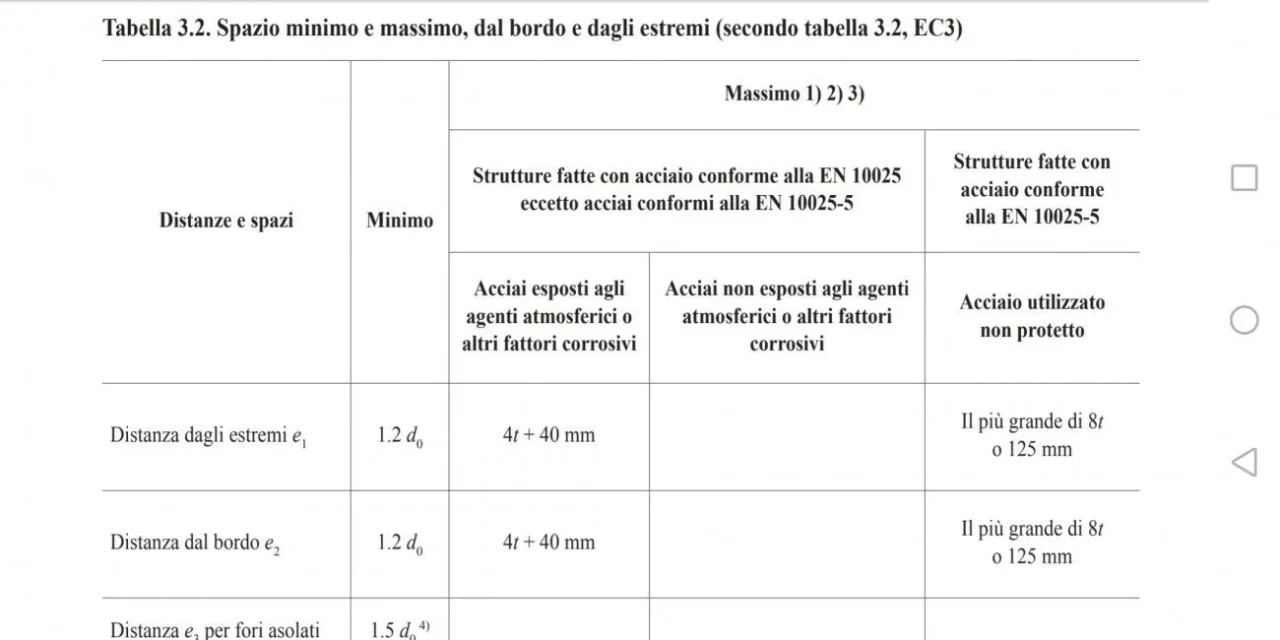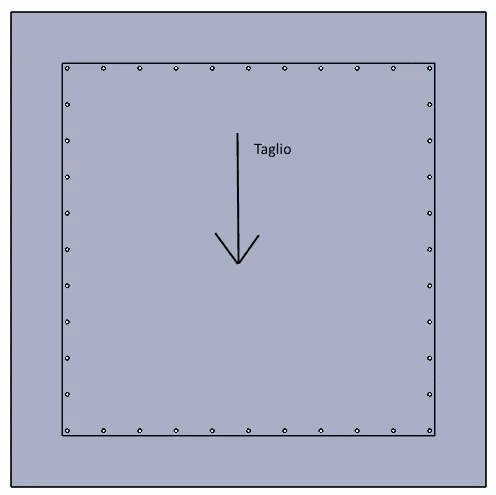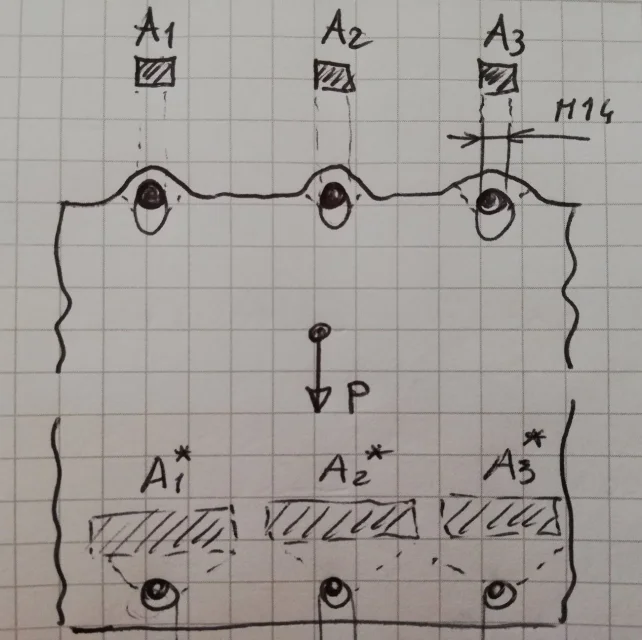Wintel
Guest
Hello, everyone. I wanted to ask a question.
I made a rectangular plate with a set of holes (about thirty) along the perimeter. the distance between the hole axis and the edge is 20 mm and the thickness of the sheet is 10 mm, while the holes have a diameter of 15 mm.
I have a doubt about it and going to look at Eurocode 3, I read that the minimum distance must be 1.2 times the diameter of the hole.
my question is: as the 304 aisi sheet, are these indications valid?
I made a rectangular plate with a set of holes (about thirty) along the perimeter. the distance between the hole axis and the edge is 20 mm and the thickness of the sheet is 10 mm, while the holes have a diameter of 15 mm.
I have a doubt about it and going to look at Eurocode 3, I read that the minimum distance must be 1.2 times the diameter of the hole.
my question is: as the 304 aisi sheet, are these indications valid?



